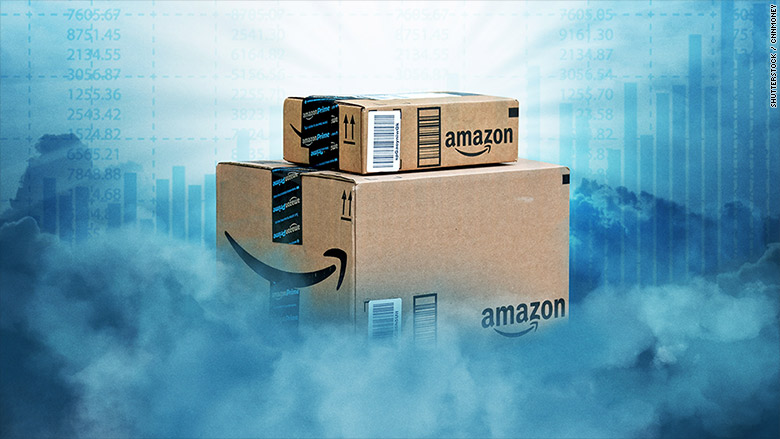
Just weeks before Amazon was set to report earnings results in February 2005, Jeff Bezos asked a group of employees to meet him one Saturday at the boathouse behind his home.
Amazon (AMZN) employees had been batting around an idea for a new membership club that would focus on providing expedited shipping to customers. Eventually, it came to the attention of the CEO.
"This is a big idea," Bezos told the Amazon staff at the boathouse, according to Brad Stone's book "The Everything Store," the definitive account of the rise of Bezos and Amazon. He urged them to rush to put it together.
When Amazon announced Amazon Prime with its earnings report that February, the initial press coverage was muted. Publications focused on how much it might cost Amazon to provide two-day shipping to customers for just $79 a year rather than how much that perk might shift consumer shopping behavior online.

"Though expensive for the company in the short-term," Bezos said in a statement at the time, "it's a significant benefit and more convenient for customers."
Bezos, as is often the case, was proven right.
Last week, Bezos revealed that Prime now has more than 100 million members around the world, lured by the promise of a frictionless experience for all their shopping needs online and, increasingly, offline too.
Now Amazon wants you to pay more for it. Amazon announced Thursday that it will raise the annual price of Prime from $99 to $119 to help offset the rising costs of providing the service.
While there is certain to be an outcry over the price hike, analysts expect consumers to loosen their purse strings precisely because Prime has become indispensable for so many households.
"Despite the price hike, we continue to view Prime as an essential service for many consumers around the world," Michael Pachter, an analyst with Wedbush, wrote in an investor note Friday.
Related: Amazon is raising the price of Prime to $119
In 2005, the main selling point of Prime was two-day shipping on purchases. Today, the service offers same-day and even two-hour delivery on a range of products, including groceries from Whole Foods, which it acquired last year.
As Amazon manages to narrow the window of time for Prime deliveries, it's able to burrow deeper into household budgets. No longer just for books and music, Amazon has used Prime to cater to customers looking for restaurant deliveries, daily groceries and items once grabbed from a convenience store on the way home from work.

And then there are the digital benefits: unlimited photo storage, access to ebook rentals and perhaps most importantly, a growing slate of original TV shows and movies to rival Netflix (NFLX).
Even at the higher price tag, the annual cost of Prime is still less than the annual cost of the standard plan for Netflix. (NFLX)
"The value of Prime to customers has never been greater," Brian Olsavsky, Amazon's CFO, said on a conference call with analysts Thursday. "And the cost is also high... especially with shipping options and digital benefits."
Like Netflix, Amazon is spending lavishly to acquire original content. The company is rumored to be willing to spend $1 billion on a single TV series. It also spent untold sums to build up its logistics network to support the faster deliveries -- not to mention buying Whole Foods for $13.7 billion to further entice people to sign up for Prime benefits.
The original price of Prime was set somewhat arbitrarily, as there was little research available at the time on how many customers might sign up for such a service, or how much those customers might actually use it.
According to Stone's book, "Bezos decided on $79 per year, saying it needed to be large enough to matter to consumers but small enough that they would be willing to try it out."
More than a decade later, Amazon knows it's got us hooked. Now it needs to ensure Prime is financially viable while continuing to invest in the costly features that underpin the service.
In his investor note, Pachter estimates that the price hike will boost Amazon's sales by about $1.4 billion. This, he says, will help boost Prime's "long-term profitability potential."

